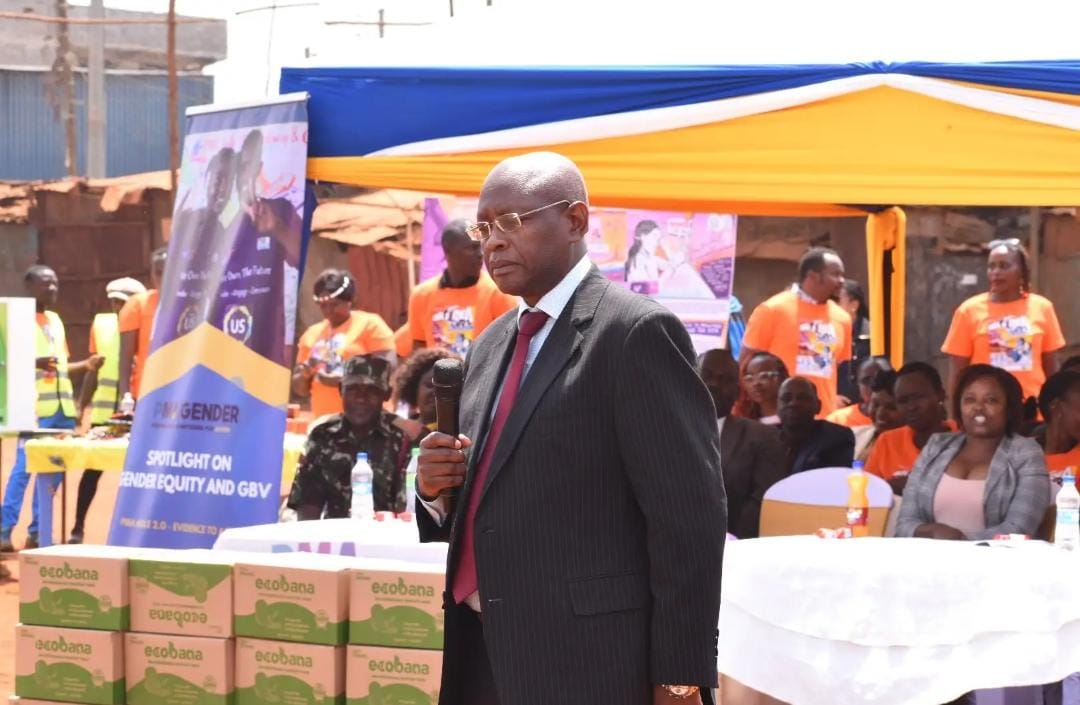A groundbreaking study by the International Center for Reproductive Health Kenya (ICRHK), in collaboration with Kenyatta University, Johns Hopkins University, and the National Council for Population and Development (NCPD), has revealed troubling rates of gender-based violence (GBV), menstrual stigma, and rising digital abuse among youth in Nairobi.

The findings, presented at a dissemination event in Nairobi, stem from the PMA Agile 2.0 Nairobi Youth Cohort 2024 Survey—a longitudinal study that has tracked adolescents and young people aged 15 to 24 across nine sites in Nairobi County since 2019.
According to the report, more than 28 percent of partnered young women reported experiencing physical and/or sexual intimate partner violence (IPV) in the past year. One in five reported physical violence, and a similar proportion reported sexual violence. Among all young women surveyed, 5.8 percent reported experiencing non-partner sexual violence (NPSV) during the same period.
Alarmingly, over a quarter of survivors do not seek help. Stigma, fear, lack of trust in support systems, and obstruction from family or community members were identified as major barriers to accessing justice and care.
“These numbers are not just statistics—they are stories of pain and silence. They are our daughters, students, and friends,” said Professor Peter Gichangi, Principal Investigator and Deputy Vice Chancellor at the Technical University of Mombasa. “This data is more than a mirror—it’s a map. A call to action.”
Mary Thiong’o, Project Director at ICRHK, echoed the urgency, warning of “triple threats” confronting adolescents: GBV, teenage pregnancy, and HIV infections. “We designed this study to provide evidence that decision-makers can use to create responsive, youth-centered interventions,” she said. “We hope the findings will inspire action to improve the lives of young people in our communities.”
The study also shed light on a growing form of abuse: technology-facilitated violence. Nearly half of youth with digital access reported experiences of digital surveillance, coercive control, or harassment. Incidents included partners demanding phone PINs, accessing private messages, and sharing personal content without consent—sometimes with devastating consequences, including suicide due to online shaming.
Another pressing issue highlighted in the report is menstrual stigma, affecting more than 75 percent of young women surveyed. Despite slight improvements between 2023 and 2024, many still face shame and exclusion linked to menstruation. Professor Gichangi described this as “menstrual poverty,” which affects access to education, employment, and community life. “Girls without basic menstrual products are often forced to stay home, reinforcing cycles of inequality and disadvantage,” he said.
While the findings paint a grim picture, the report also noted some positive developments. Government initiatives, such as the rollout of Adolescent and Youth Sexual and Reproductive Health (AYSRH) guidelines, have contributed to a decline in teenage pregnancy rates—from 19 percent to 14 percent. Additionally, some health facilities have begun offering extended hours and weekend services tailored to youth needs.
However, researchers warned that many young people still face judgmental attitudes and poor service quality in healthcare settings, undermining access to the care they need.
“Progress is happening, but it’s uneven and fragile,” said Gichangi. “What we need now is sustained, coordinated investment in the health, safety, and dignity of our youth.”
The study calls on government agencies, civil society, and communities to work collaboratively to end GBV, promote digital safety, and address menstrual stigma through education, accessible healthcare, and policy reform.






